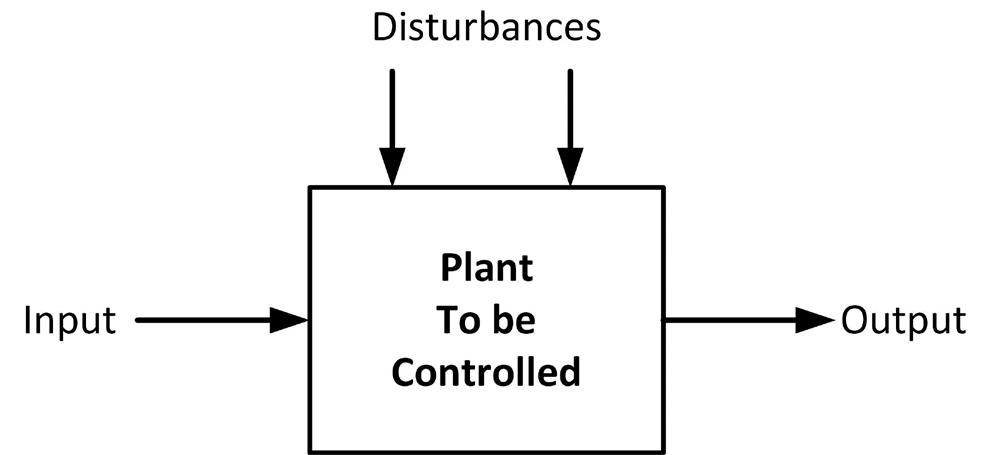
2 minute read
Preface
Microcontrollers are highly popular integrated circuits commonly used in many domestic, commercial, and industrial electronic monitoring and control applications. It is estimated that there are more than 50 microcontrollers in every home in developed countries. Domestic equipment having embedded microcontrollers include microwave ovens, printers, keyboards, computers, tablets, washing machines, dishwashers, smart televisions, smartphones, and many more.
Arduino Uno is an open-source microcontroller development system incorporating hardware, an Integrated Development Environment (IDE), and a large number of libraries. The Arduino Uno is supported by a large community of programmers, electronic engineers, enthusiasts, and academics. There are many different designs of the basic Arduino Uno board. Although they are intended for different types of applications, they can all be programmed using the same IDE and in general, programs can be transported between different boards. This may be one of the reasons for the popularity of the Arduino family, which is also supported by countless software libraries for many peripherals that can easily be included in your programs. These libraries make programming a doddle and speed up the programming time. Using libraries also make it easier to test your programs since most of them come as fully tested and working.
The Raspberry Pi 4 is one of the latest credit-card sized popular computers that can be used in many applications such as in audio and video media centers, as a desktop computer, in industrial controllers, robotics, games, and many domestic and commercial applications. In addition to rich set of features found in other Raspberry Pi computers, the Raspberry Pi 4 also offers Wi-Fi and Bluetooth capability which makes it highly desirable for incorporation in remote and Internet-based control and monitoring applications.
This book is about using both the Raspberry Pi 4 and the Arduino Uno in PID-based automatic control applications. The book starts with basic theory of the control systems and feedback control. Working and tested projects are given for controlling real systems using PID controllers. The open-loop step time response, tuning the PID parameters, and the closed-loop time response of the developed systems are discussed in depth together with the block diagrams, circuit diagrams, PID controller algorithms, and the full program listings for the Raspberry Pi as well as the Arduino Uno. The projects given in the book should teach the theory and applications of PID controllers. They can be modified easily as desired for other applications. The projects given for Raspberry Pi 4 should work with all other models of Raspberry Pi family.
It is expected that the readers have some programming experience with the Arduino Uno using the Arduino IDE. The same for the Raspberry Pi with the Python 3 programming language. Some basic electronic hardware experience and knowledge of basic mathematics will also be useful.
All programs discussed in the book are contained in an archive file you can download free of charge from the Elektor website. Head to: www.elektor.com/books and enter the book title in the Search box.
I hope that you enjoy reading the book and at the same time learn the theory and practical applications of the PID controllers.
Dogan Ibrahim London, 2022


